237 CD / Scarlatti: Complete piano sonatas vol. 2
Description
Against Speed-watching/listening
Over several years and several decades, Domenico Scarlatti composed a new sonata for his royal piano pupil practically each week. And so something gradually evolved that can justifiably be described as his life's work. But what does a life's work mean for us today? An immense number of sonatas, 555 in total. Their grandiose diversity and originality are only actually unlocked when, instead of consuming them en masse, you listen to just one a week. However you should then listen to this one sonata every day, just as Scarlatti originally intended. And in one fell swoop, your life is over! Can we really do them justice today? In view of this, mine and Christoph Ullrich's undertaking to stretch the production over 17 years seems appropriate. Besides this, at the same time, Christoph Ullrich is still working on other lifelong projects, such as his large-scale children's project “laterna musica” (formerly Earworm-Project). And so with our altered perception of time, we're battling to revive the past whilst remaining modern and curious in order to meet today's demands.
But the battle is worth it! What an adventure! Because who knows what'll come out of it after 17 years? What will the fingers and ears end up doing? Will there still be music at the end of it all? In all of his playfulness, craziness and childishness, in his cacophony of hand-crossing and sensuality, this cycle can also offer something very special compared to so many others: the realisation that doing more and more and doing it faster doesn't actually help. Composure in the face of the fact that our existence is finite.
Further information about the Scarlatti Project.
Christoph Ullrich on Youtube: Sonata in g moll K 8, Allegro and Sonata in C major, K 487, Allegro
3 reviews for 237 CD / Scarlatti: Complete piano sonatas vol. 2
You must be logged in to post a review.
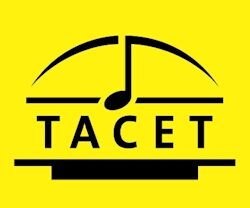
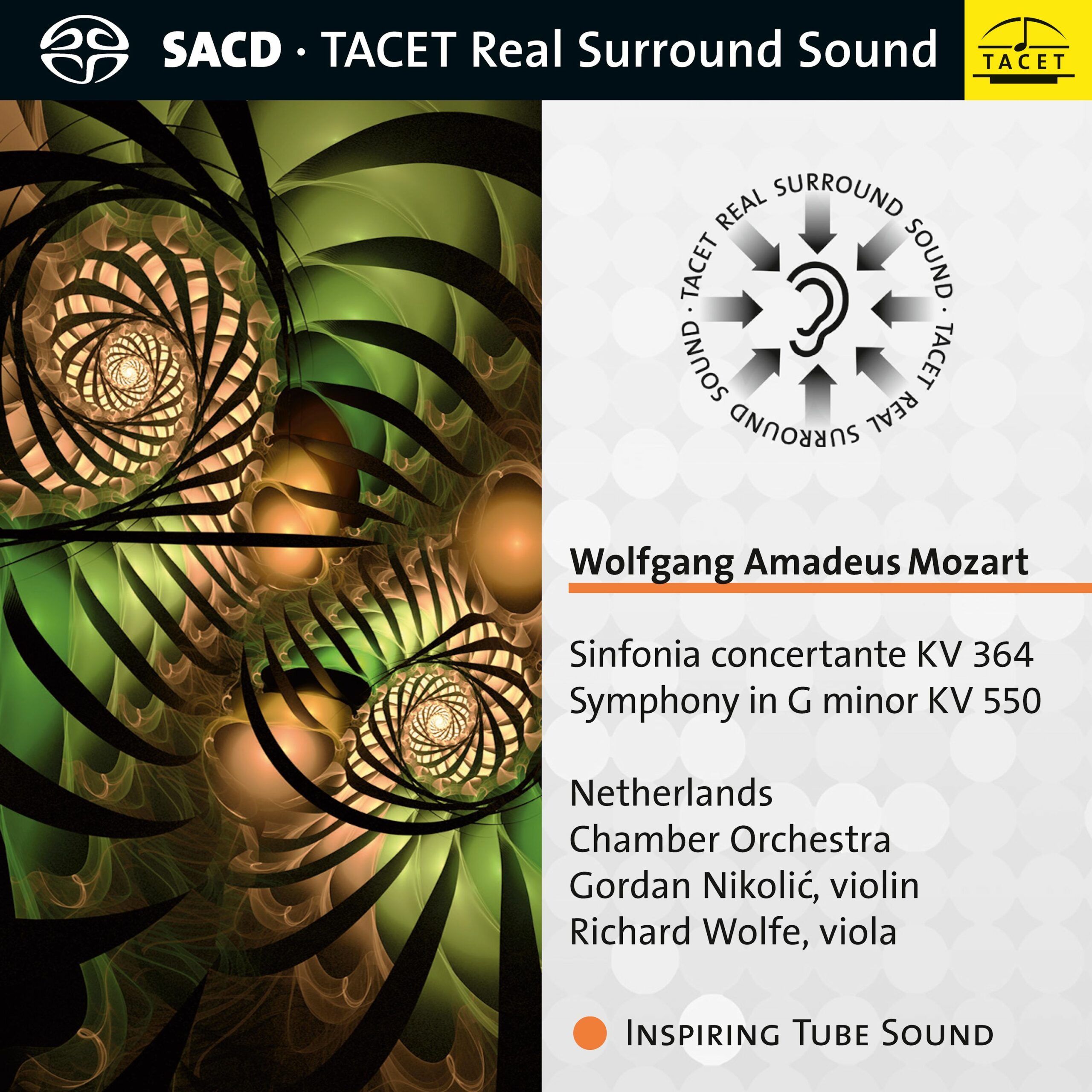
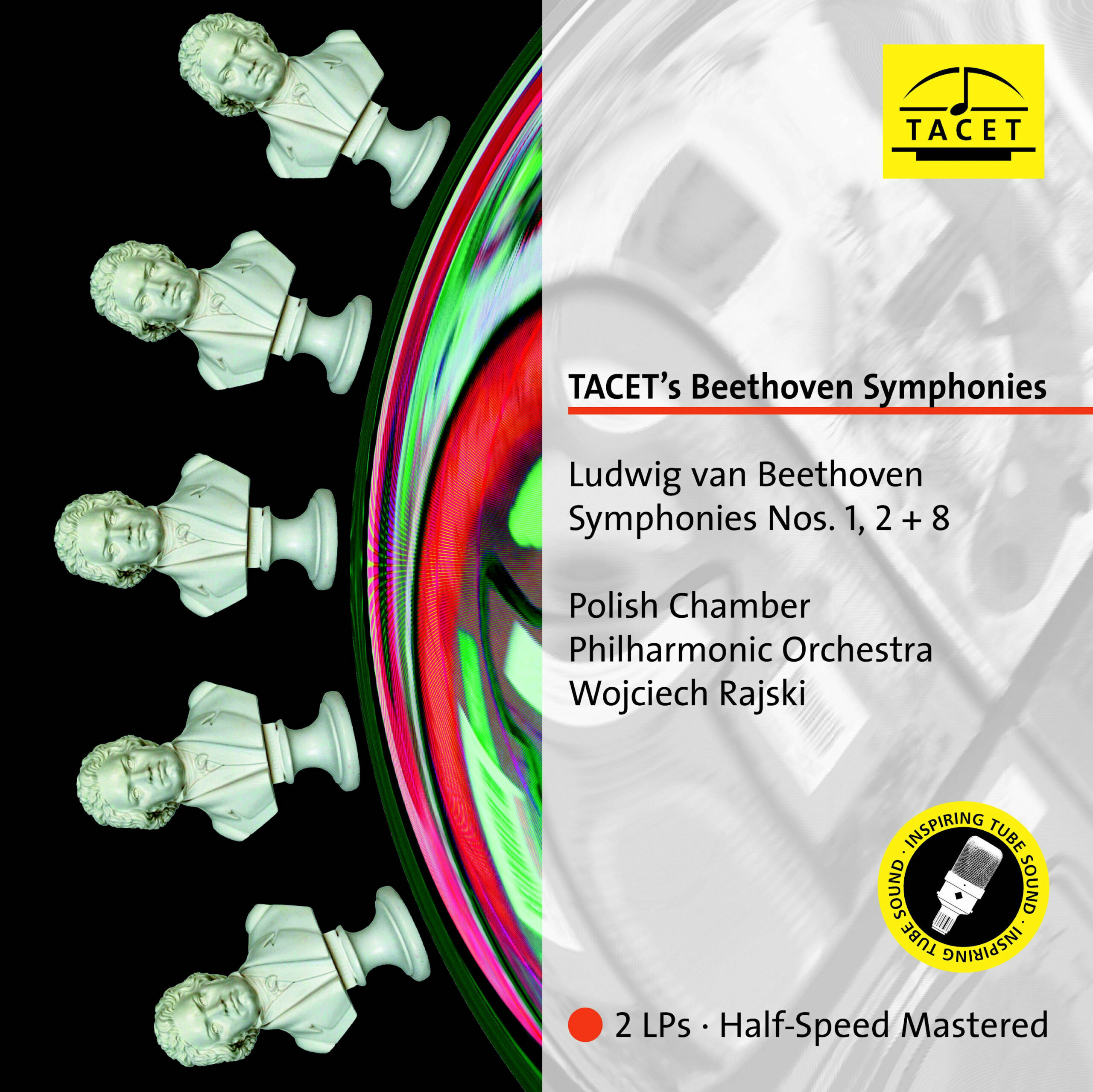
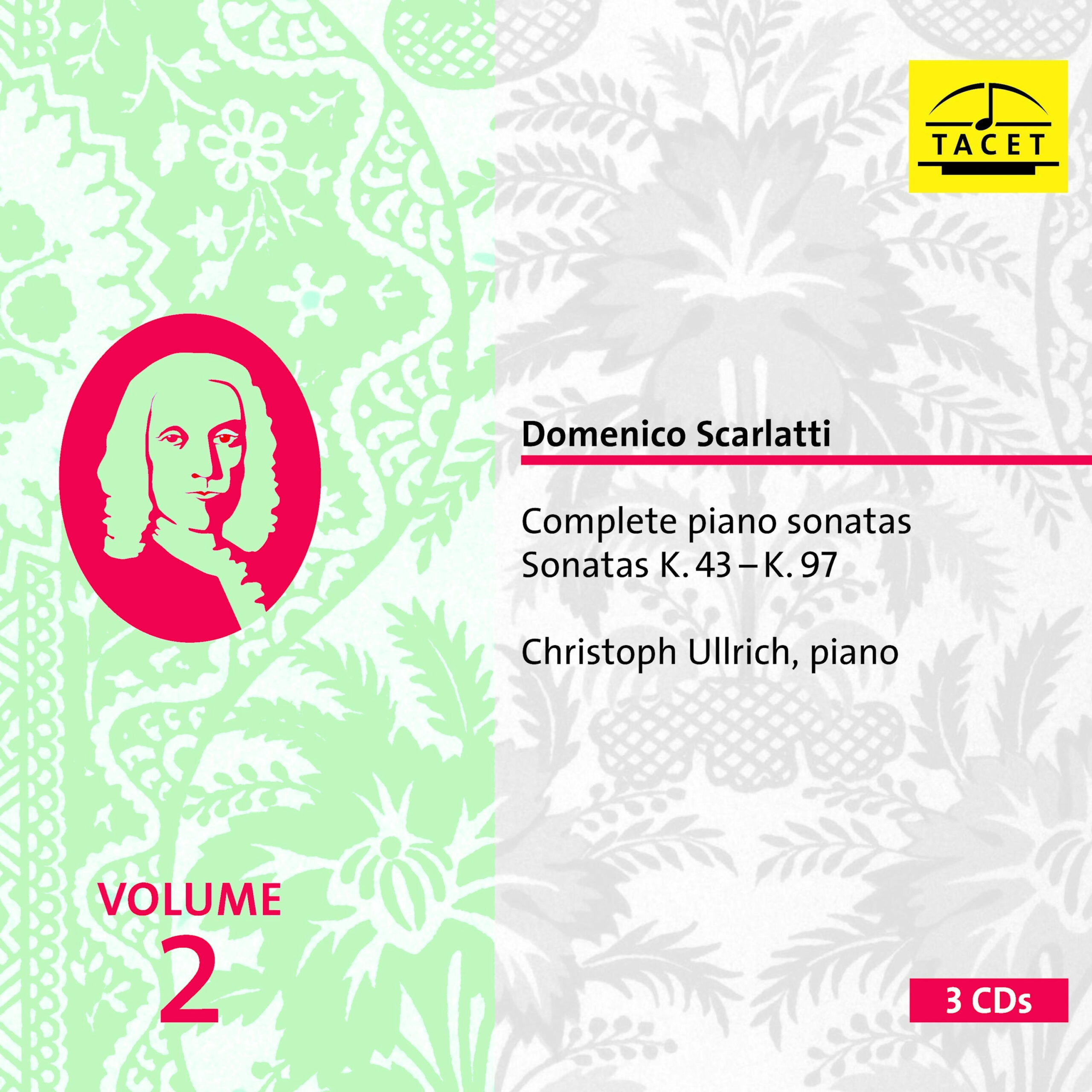



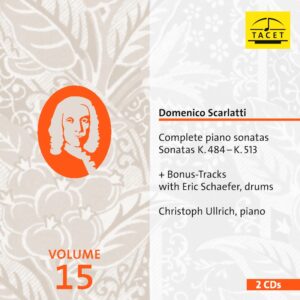
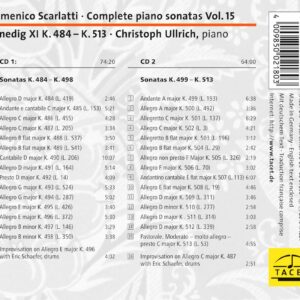
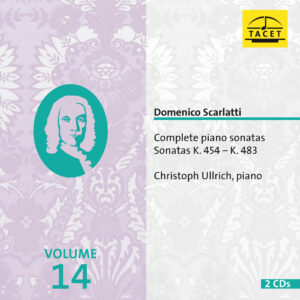
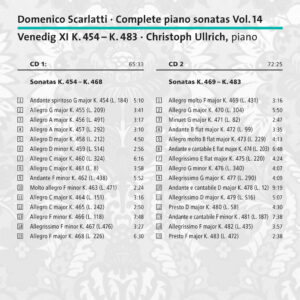
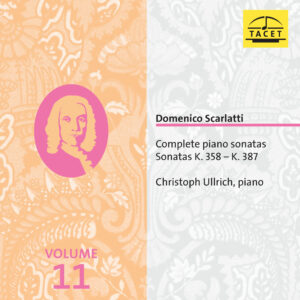
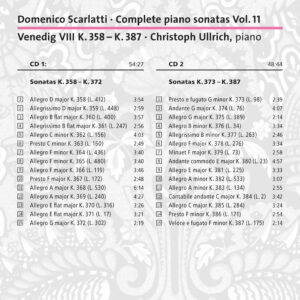

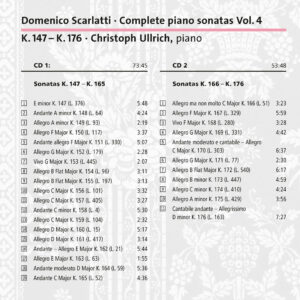

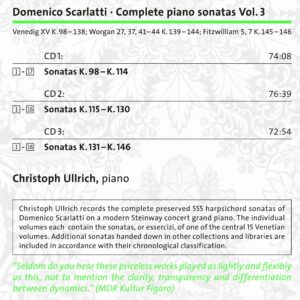
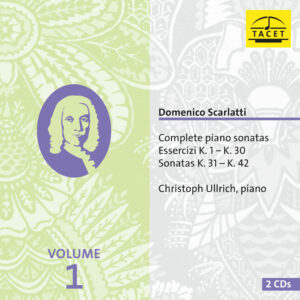
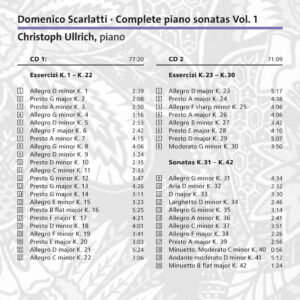
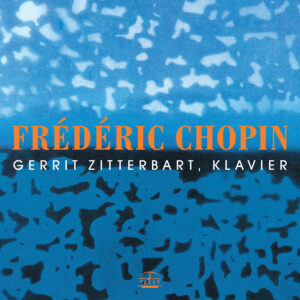
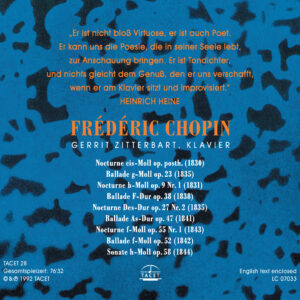
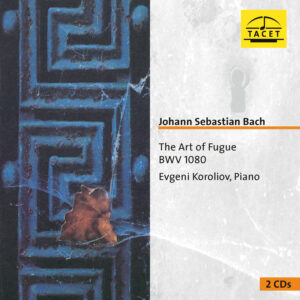
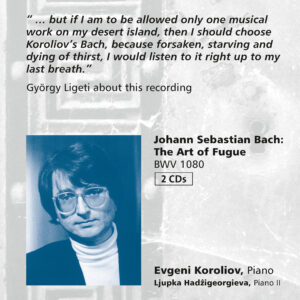
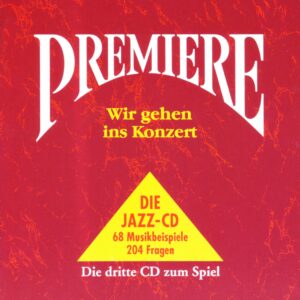

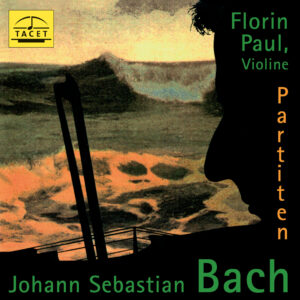

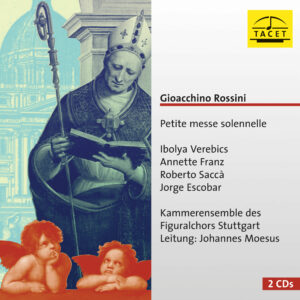
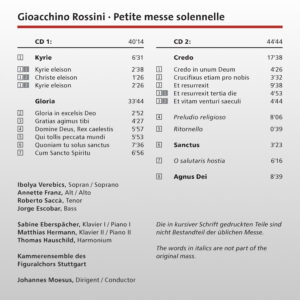
Klassik heute –
--> original review
When the pianist Christoph Ullrich presents his second series of the Scarlatti sonatas and at the same time encourages the listener's musically beating heart, then one should not forget that the editor remains committed to a certain volatility in his “Volume” work. Ullrich has long since distinguished himself and even dared to excel in his long-term project, because a recording of all Scarlatti sonatas requires courage, perseverance and, last but not least, support from the media agency of a discophile publisher. Ullrich - that is my impression from edition to edition - has familiarized himself with the wondrous miniature cosmos of around 550 sonatas, immersed himself in the world of Scarlatti in all its compositional aspects on the basis of a musical intellectual overview, enthusiasm and undoubtedly growing missionary zeal, namely the music lover and instrumental-communicative ramifications.
In this edition, Ullrich deals with Sonatas Nos. 43 – 97, taking into account the “K” list presented by Ralph Kirkpatrick. Older listeners and among them real Scarlatti enthusiasts had long since oriented themselves towards the Longo identifiers - not least under the impression of the recordings by Horowitz, Ciccolini, Tipo, Zacharias and András Schiff - and were therefore somewhat unsure between the two order systems moved back and forth. Experience has shown that new numbering is only accepted with hesitation. For this reason, the Köchel numbers proposed by the International Mozarteum Foundation, which were, so to speak, brought up to date with the latest knowledge, have not become established in everyday musical use.
Christoph Ullrich's recording of the above-mentioned sonata sequence shows the performer at a high pianistic and creative level. I am sure that he is dealing with “reading” thoughtfulness and in his delivery it is a mixture of tamed brilliance in the fast parts and considered expression of emotion in the quiet, often erotic, i.e. seething, blazing sonata passages . In a complete recording, the performer cannot avoid rehearsing less attractive pieces. It cannot be surprising that the well-known pianists who, like Horowitz or Ciccolini, worked for Scarlatti behaved similarly in their repertoire decisions. This behavior becomes even more evident when it comes to performers who only include a small selection of three to five sonatas in their programs. However, Ullrich manages to use esprit and, if necessary, fire to overcome some of the musical stiffness and predictability of the material. However, if the sonatas demonstrate character and contain rewarding tasks for the pianist, then Christoph Ullrich has now proven himself to be a Scarlatti advocate of the highest authority.
In the accompanying booklet, Christoph Ullrich describes the selection K 43 – 97 as “Scarlatti's Chamber of Wonders: The Volume Venice XIV”. It is the most comprehensive volume in the Venice Marciana National Library. He worked on this collection for two years - and he tells us: “What could I find and admire in these stalactite caves, which are hardly ever illuminated! The only variation cycle K 61, a sonata that consists almost entirely of quarter notes - K 83 -, a few dance movements that seem to have fallen from a lost suite cabinet - Capriccio K 63, Gavota K 64, Gigha K 78. The sonatas with Basso continuo K 81, 88 – 91 gave Ullrich “some headaches”. So it came about that he transferred the chords in the pieces K 88 – 91, which were actually conceived as trio sonatas, to a guitarist. The result with his partner Stefan Hladek is of unobtrusive liveliness and practical freedom of performance, because the guitar is not only used within the narrow framework of the baroque basso vocabulary.
Peter Cossé
klassik.com –
--> original review
The center of Scarlatti's cosmos of works are 555 (harpsichord) sonatas, composed almost exclusively for his royal elevé, the Portuguese princess Maria Bárbara de Bragança. Since the beginning of recorded music history, countless important harpsichordists and pianists have dedicated themselves to the opulent keyboard tableau, including heroes such as Scott Ross, Vladimir Horowitz, Christian Zacharias, Mikhail Pletnev, Ivo Pogorelich, Alexis Weissenberg and Dinu Lipatti. Using the highest technical and interpretive standards, they found different, sometimes contradictory interpretations.
Relatively new in the field of reference recordings are the recordings by the Göttingen pianist Christoph Ullrich. His project of a complete recording of the sonatas, initiated in 2011, is scheduled to last 17 years. The CDs released so far in the series suggest that the time seems appropriate, because Ullrich sees each individual sonata as an original cosmos with its own challenges.
Tatsächlich steht Scarlattis Sonatenwelt für vielgesichtigen Zauber. Oszillierend zwischen Verspieltheit, Einkehr, Heiterkeit, Depression, Melancholie, tänzerischer Einlassung und Übermut, Witz oder Folklore-Idiomen, präsentieren sie wechselnde Stimmungen und spieltechnische Niveaus. Ullrichs Lesarten bieten nichts weniger als Feier der Nuance und Subtilität. Seine detailaffine Kunst kennt hunderte von Schattierungen, sein pianistisches Potential keine Grenzen. Vor diesem Hintergrund steht auch „Volume 2“ des Scarlatti-Projektes für mehr als nur Scarlatti-Exegese: Sie ist Hommage an den modernen Konzertflügel und seine Möglichkeiten.
Martin Hoffmeister
Audio –
Vol. 2 with the Kirkpatrick numbers K 43-97 is episode five: The Göttingen pianist Christoph Ullrich began his complete recording of all 555 (harpsichord) sonatas by Scarlatti in 2011 - a tremendous adventure. The representation on the Steinway does full justice to the immense wealth of the works. Ullrich does not refrain from repetition, which gives the slow parts of the often single-movement works a high degree of urgency. But he avoids sentimentality; his playing is lively but not excited, fluid but not overflowing, variable but not arbitrary. The combination with guitarist Stefan Hladek in four sonatas brings a further appeal that TACET sound engineer Andreas Spreer captured perfectly.
Lothar Brandt